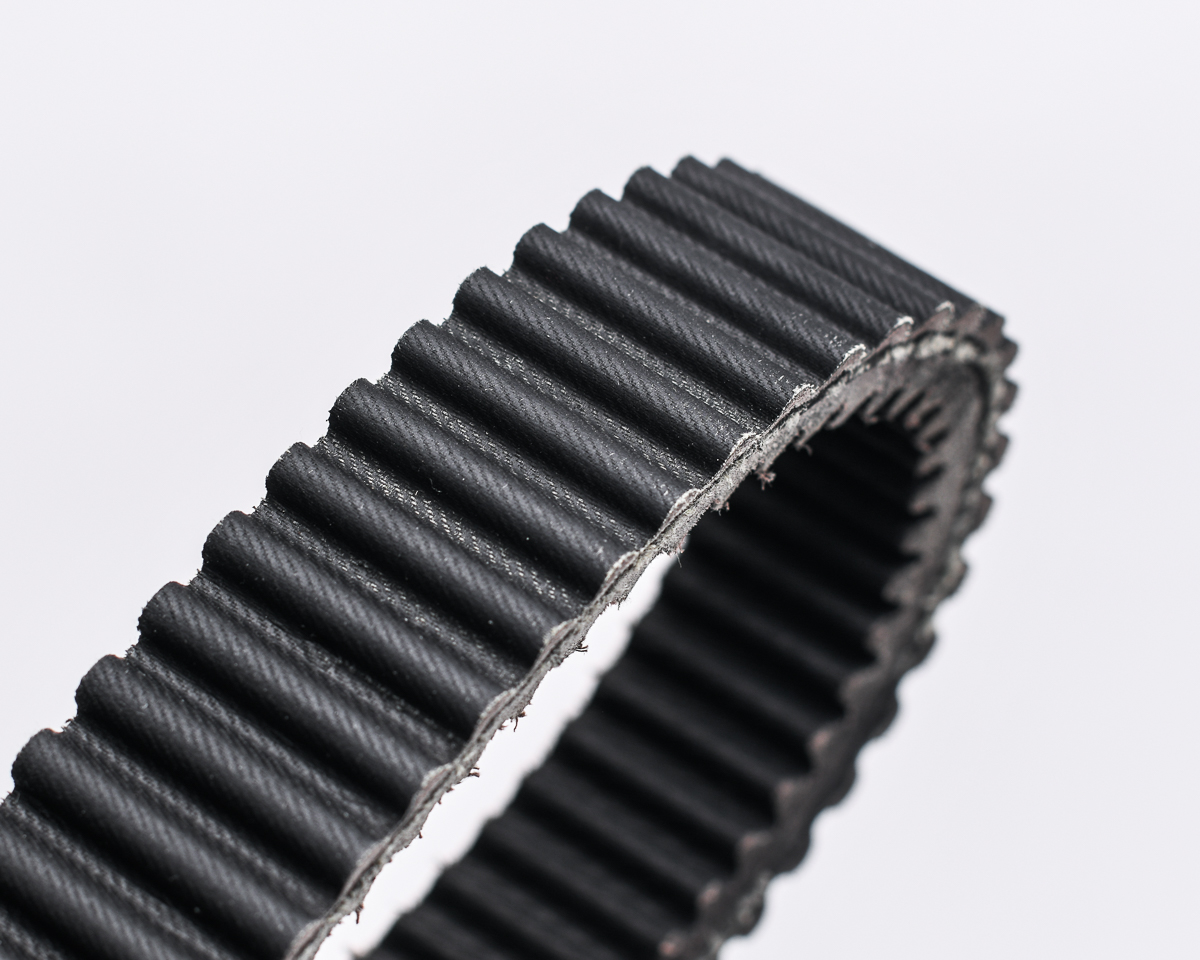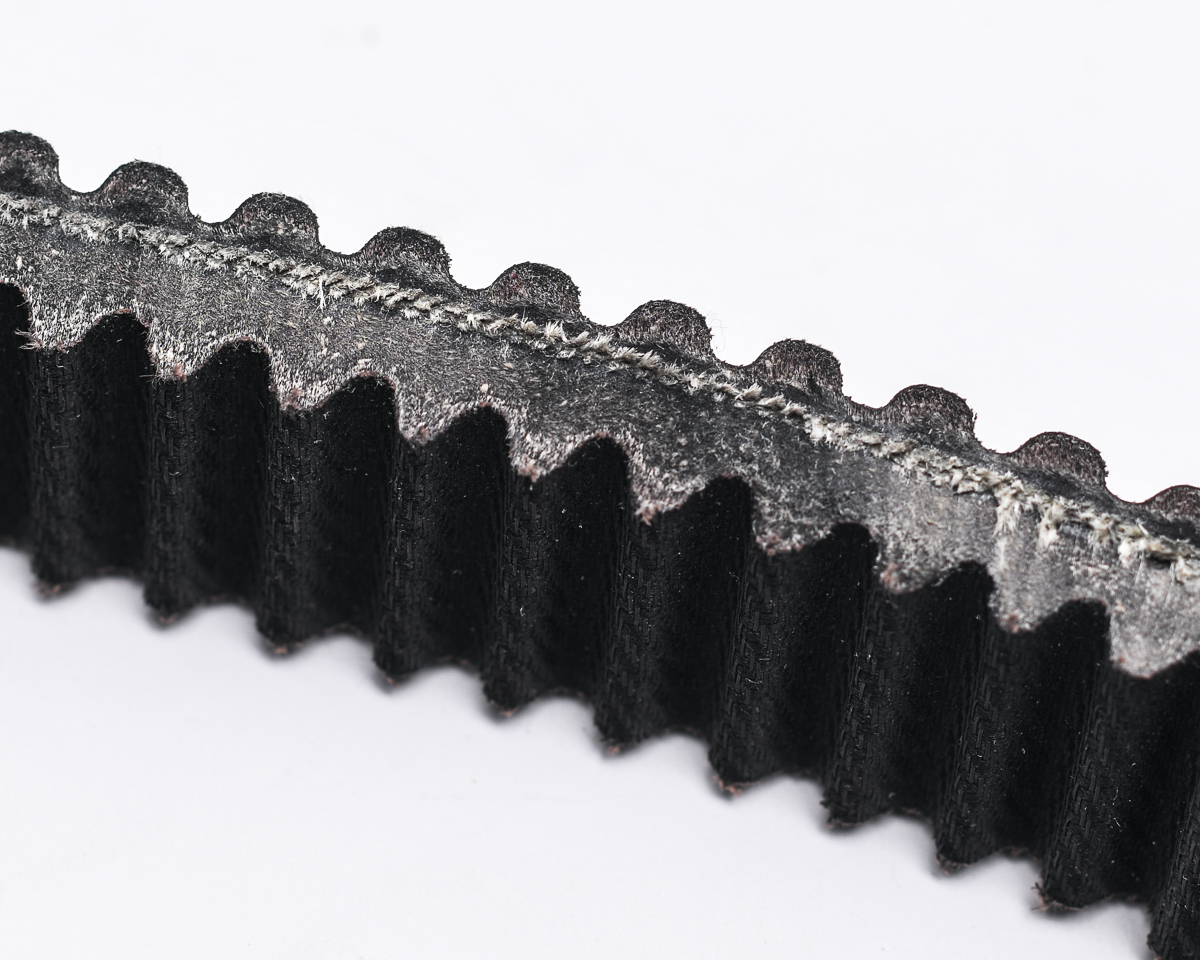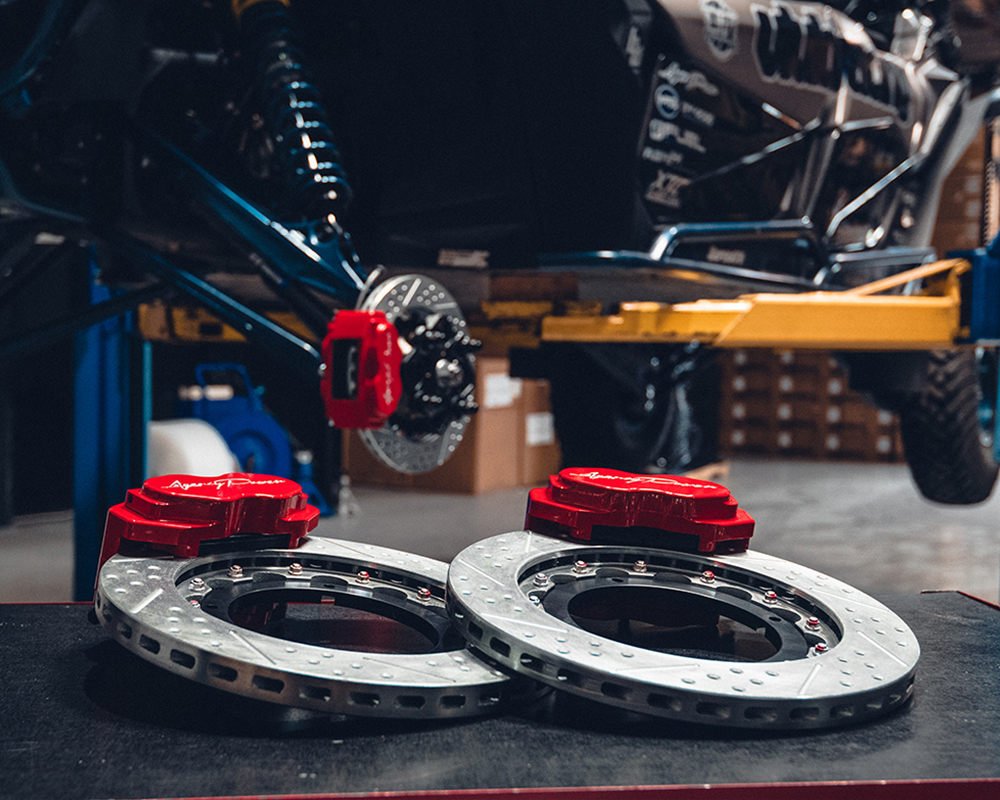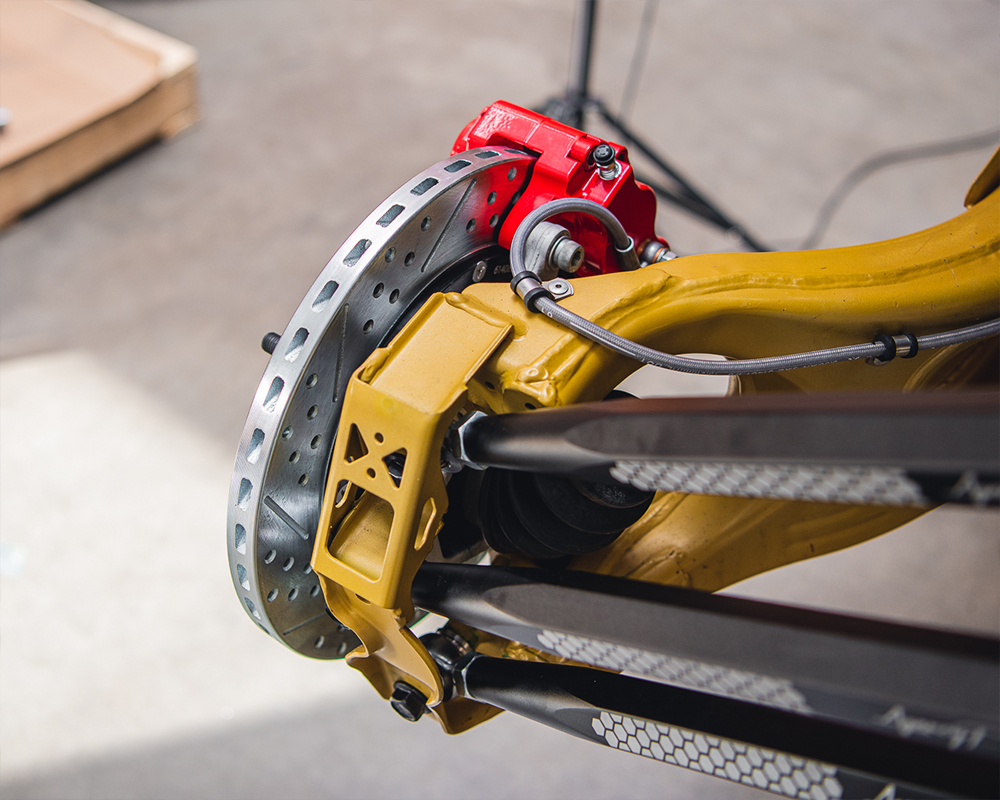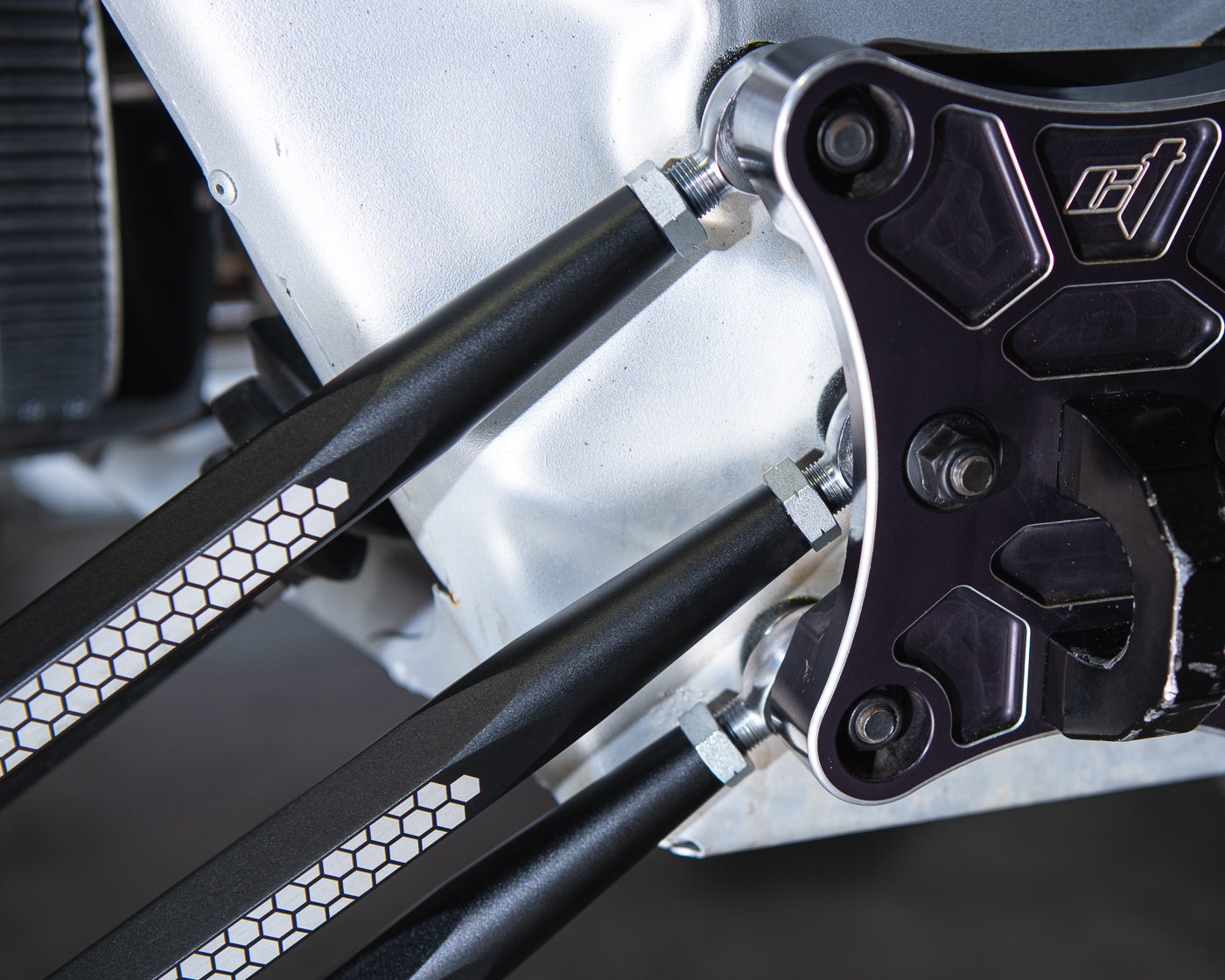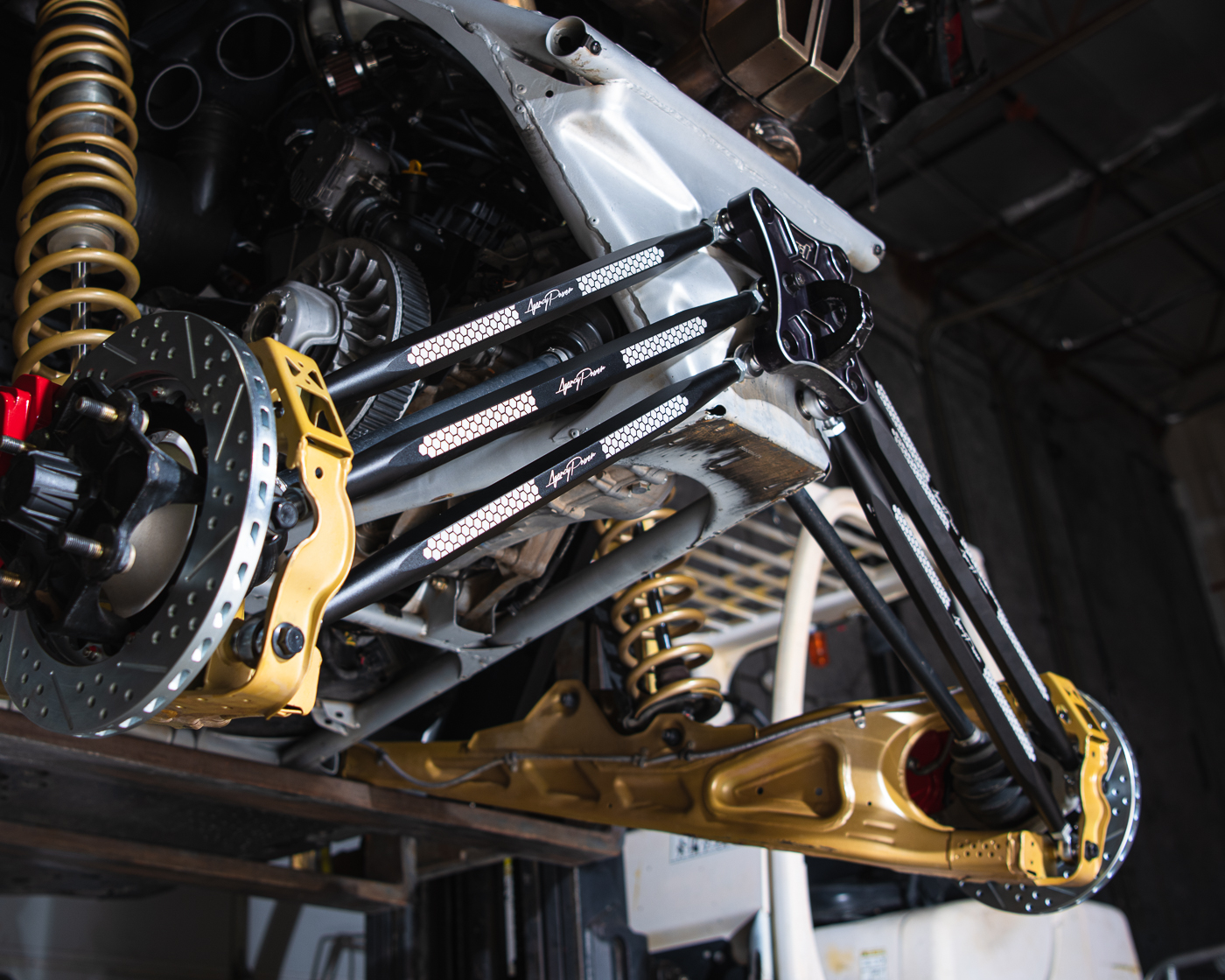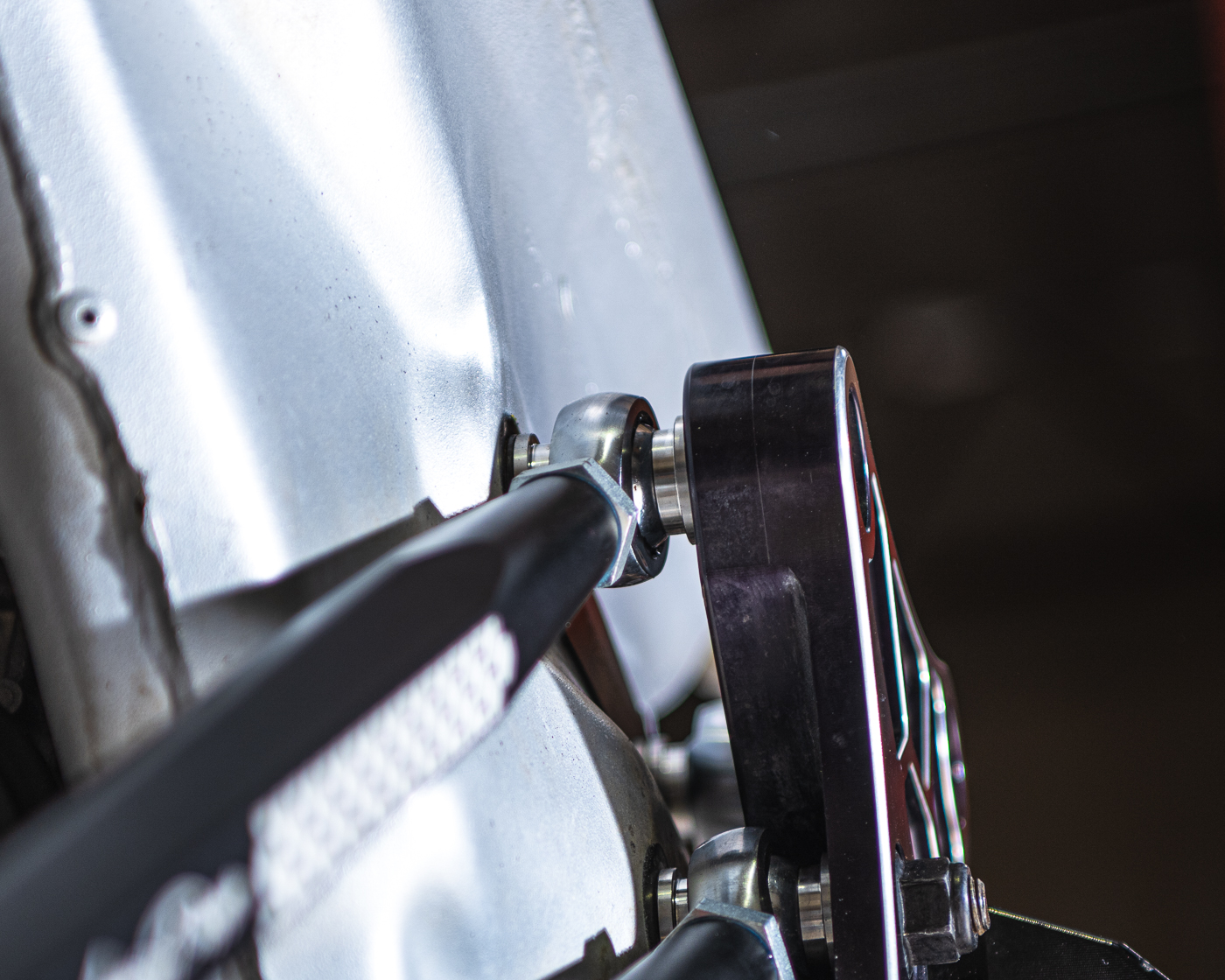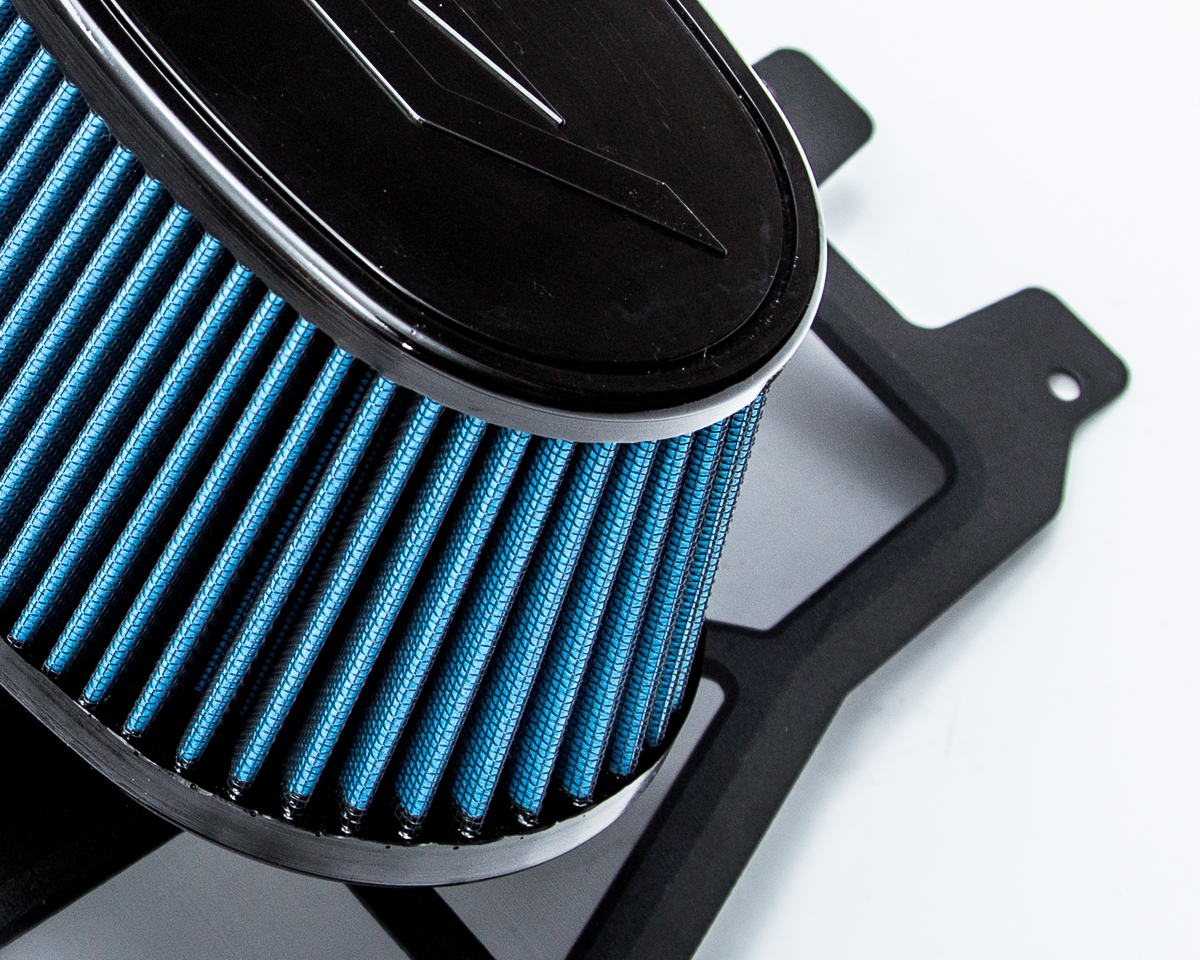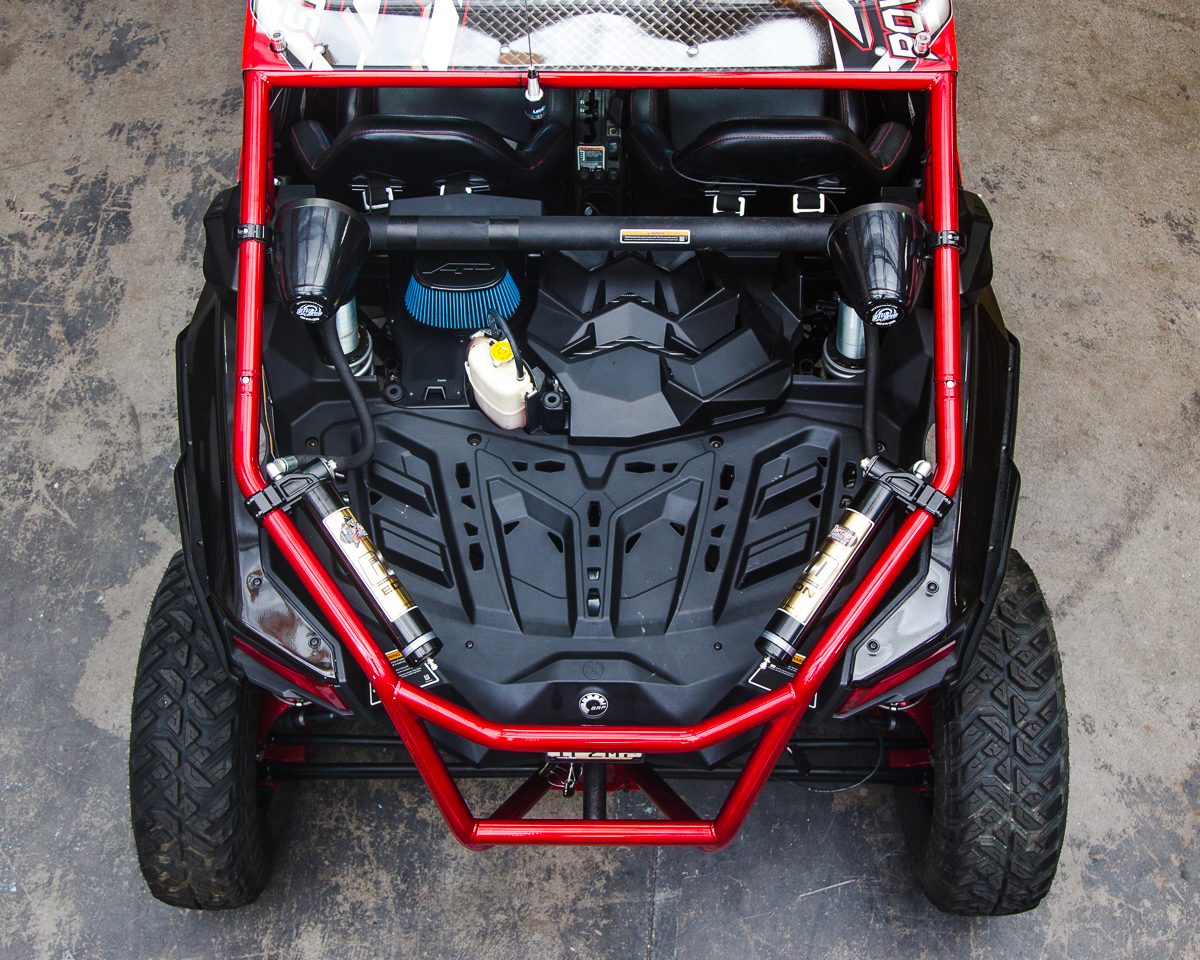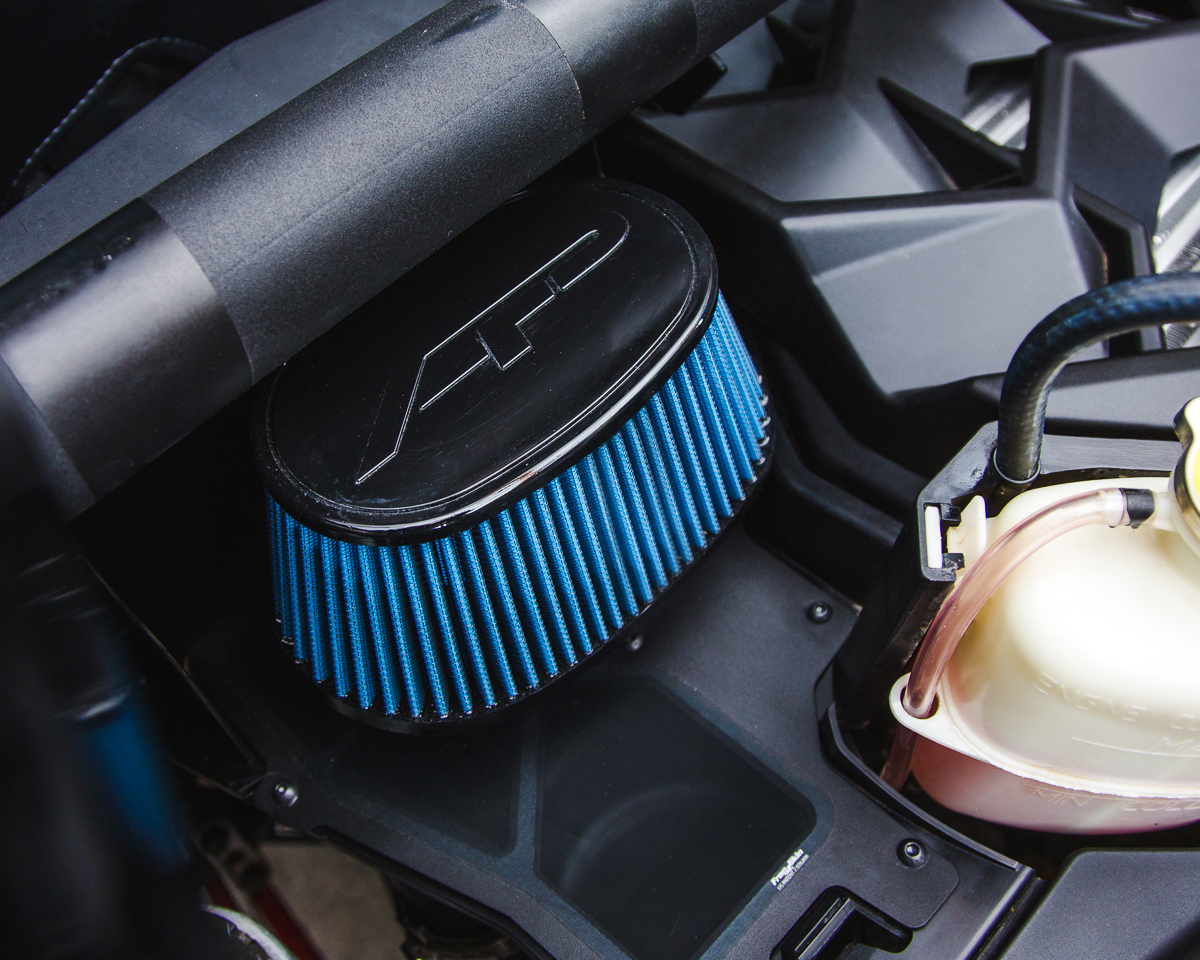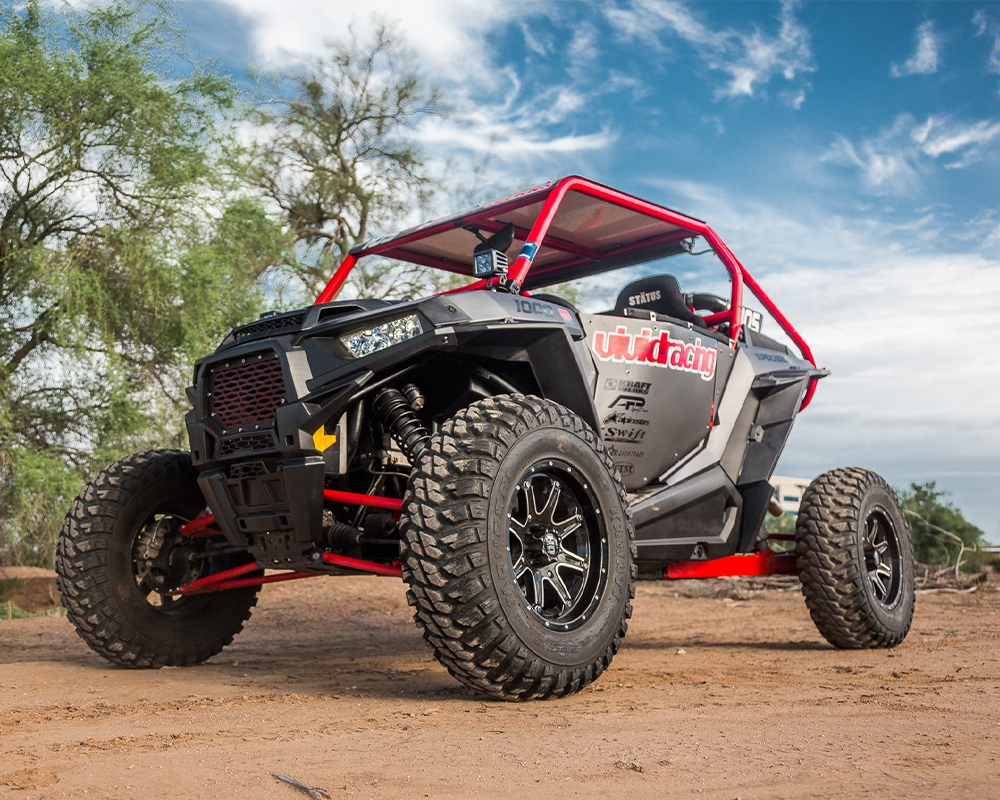
How To Maintain Your UTV
Maintaining your UTV is very similar to service on your daily driver. There are components that need to be replaced after a certain amount of time and with the abuse UTV’s take, it is very important to maintain these parts of the machine. The top 7 things you need to maintain on your machine are engine oil, drive belt or fluid, coolant, brakes, air filter, tires, and wheel bearings. All of these components and fluids are vital to the performance of your machine and need to be checked and serviced accordingly to maintain peak performance.
You could take your machine to your local UTV or offroad shop and they will most likely be able to service your machine for you. If you are the hands-on type of person then you will most likely prefer to do this maintenance yourself. If you are a novice and want to try this for yourself, use this as a guide but when the time comes to actually replace fluids and components please consult a UTV mechanic.
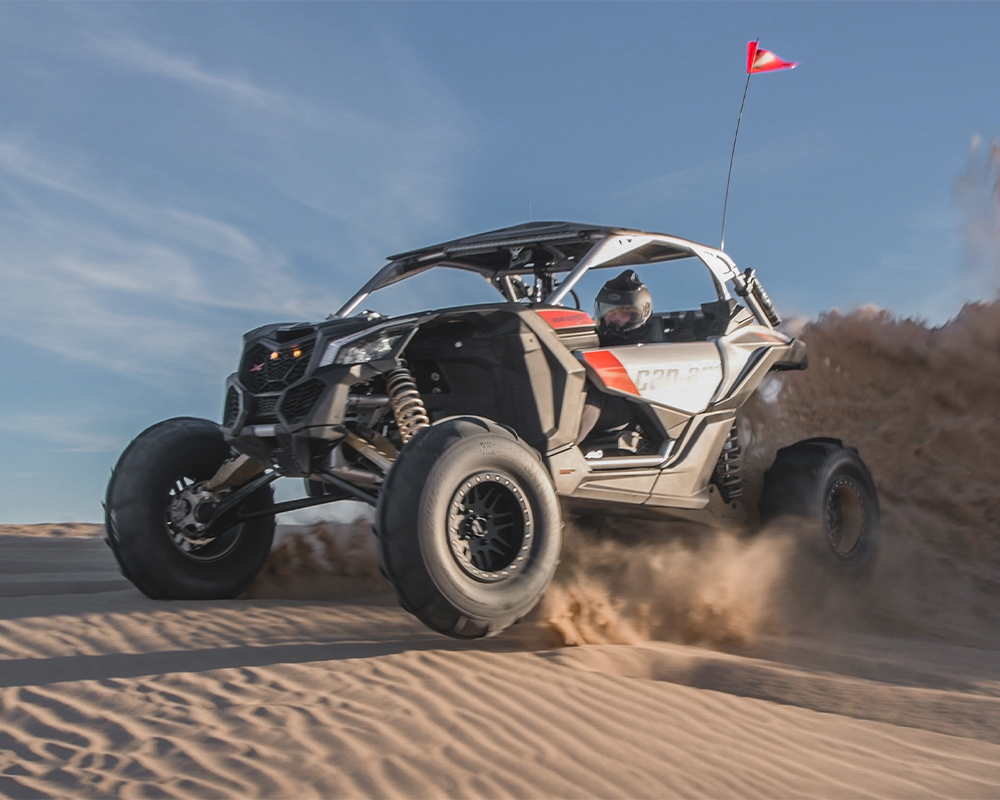
Engine Oil:
Checking your engine oil is a simple way to keep your engine well maintained and running smoothly. To check the oil, warm up your engine and get it to operating temperature. Then, locate the dipstick and pull it out to wipe the stick clean and re-insert into the engine. Pull it out again to see the true engine oil level. Wiping the stick clean allows for an accurate reading of the oil level.
The purpose of getting your engine to operating temperature is to allow the oil to warm up and expand properly. After all, your engine runs at operating temperature while you’re driving. Wiping the stick clean before checking allows for the oil to be accurately read on the stick. When it comes out the first time there is residual oil that climbs up the stick and makes it difficult to read the level the first time.
Drive Belt and Fluid:
The CVT drive belt is arguably the most important part to maintain on your machine. Oftentimes, the belt wears out prematurely due to improper driving techniques, but other times the belt can just fail. To inspect the belt, remove your belt cover and take a look at the belt along with the clutches. If your belt is fraying, cracking, or worn then the belt needs to be replaced.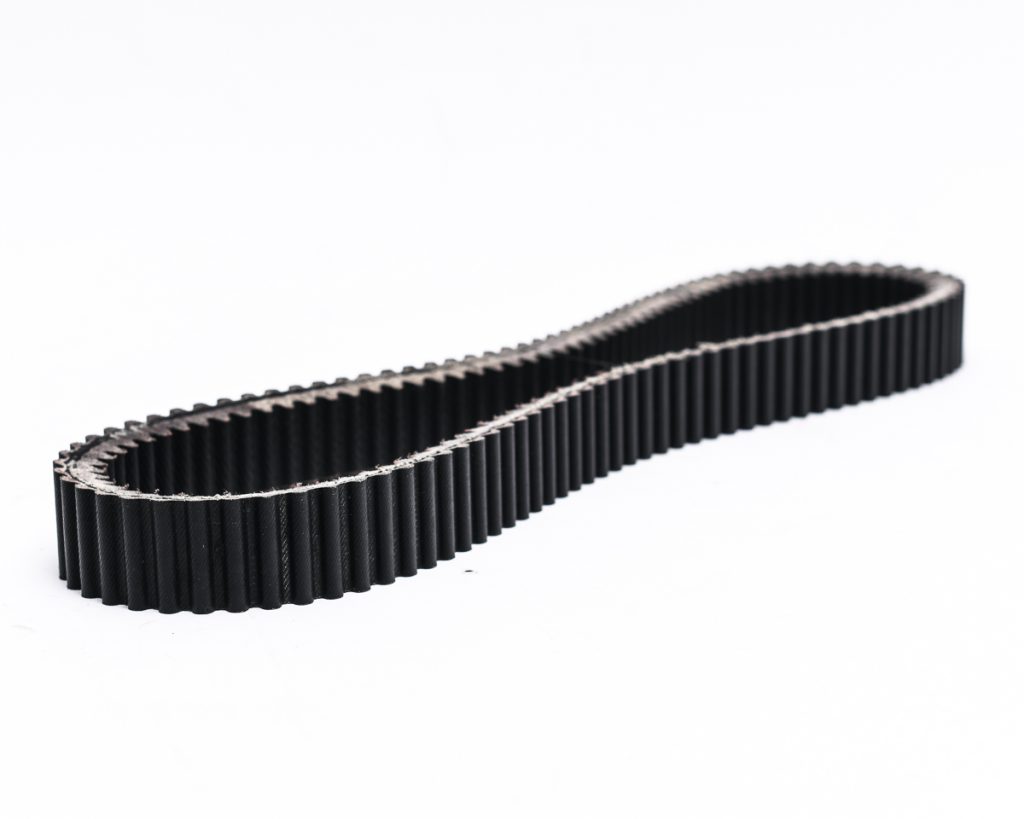
If you don’t have a CVT then you have a standard transmission that requires fluid. Checking this fluid is similar to checking your engine oil. Bring your machine to operating temperature and with the engine off, locate the dipstick. Remove the dipstick then wipe clean and reinsert for a second or two. Once you remove the dipstick you will see the level displayed and should be between the “max” and “low” lines.
Purchase Your Belt Replacement Here!
When it comes to a CVT transmission, there are several ways to prevent your belt from premature wear. Avoid extended periods of full throttle, this will heat up the belt and increase the possibility of the belt burning up. Another driving technique that is common for causing belts to fail is letting the wheels spin without traction. This will cause unnecessary heat and stress on the belt.
Coolant:
Keeping your coolant clean is important to maintain the efficiency of your engine. When coolant goes bad it can gum up your cooling system and cause your engine to run hotter. When checking the coolant, ensure that your engine is cold and locate the coolant filler neck. Once located, remove the cap and inspect the fluid. If the fluid looks muddy or murky then it is time to flush and replace the fluid.
Brakes:
There are many components within the braking system that can fail or wear out. When checking your brake pads, remove your wheels, then your calipers. Your brake pads should have at least 7mm of friction material. If your pads have any less than that, it’s time to replace them.
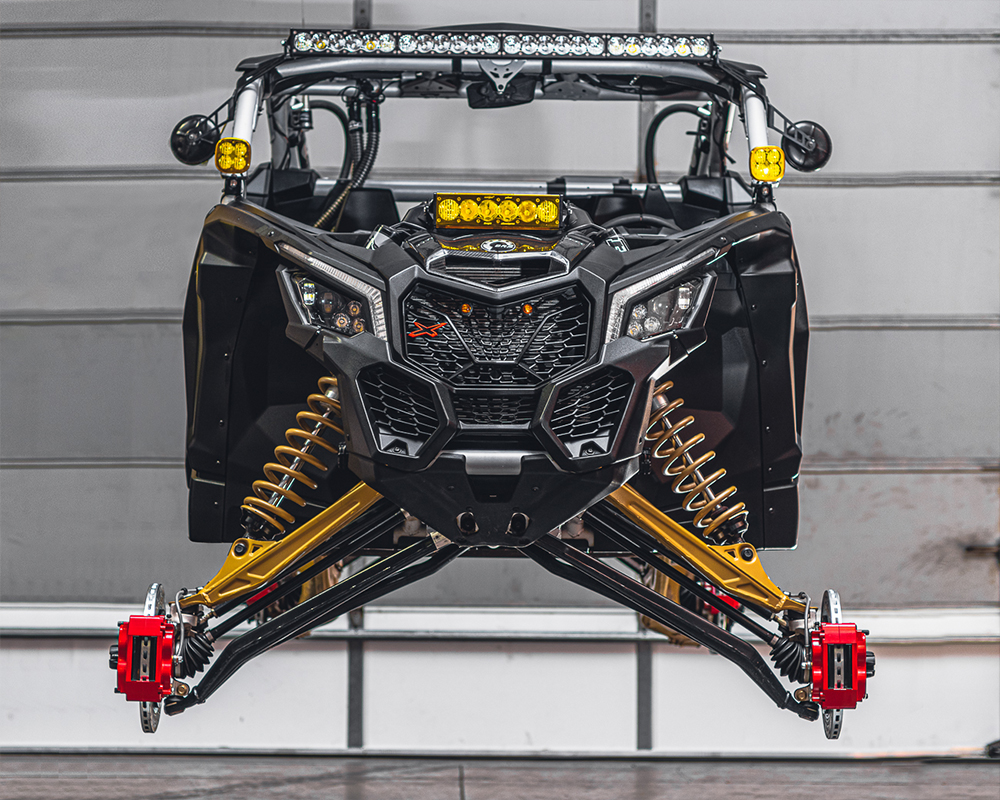
While the caliper is removed, inspect the dust boots and seals on the pistons. It is common for these boots and seals to crack and wear out over time which can significantly reduce your braking abilities. Another braking maintenance item is your brake fluid.
Click Here To Buy Your Big Brake Kit Or Replacement Parts
Preventing your brake fluid from becoming contaminated is important as your braking performance can be impacted. To check the fluid, locate your brake master cylinder and remove the cap. The fluid should be clear and within the minimum and maximum lines. If there is anything floating in the fluid or the fluid looks cloudy then you must flush and replace the brake fluid.
Wheel Bearings:
With your wheels installed you are easily able to check your wheel bearings. Safely raise your machine so the front and rear wheels are elevated. Move the wheel up and down to check for play at the hub. If there is play then the wheel bearing needs to be replaced. Another sign of a failing wheel bearing is a clicking noise coming from the wheels. While you are here, check the radius rods for play.
**Tip: If there is play in the front wheels when you move the wheel left and right, it is likely to be bad tie rods**
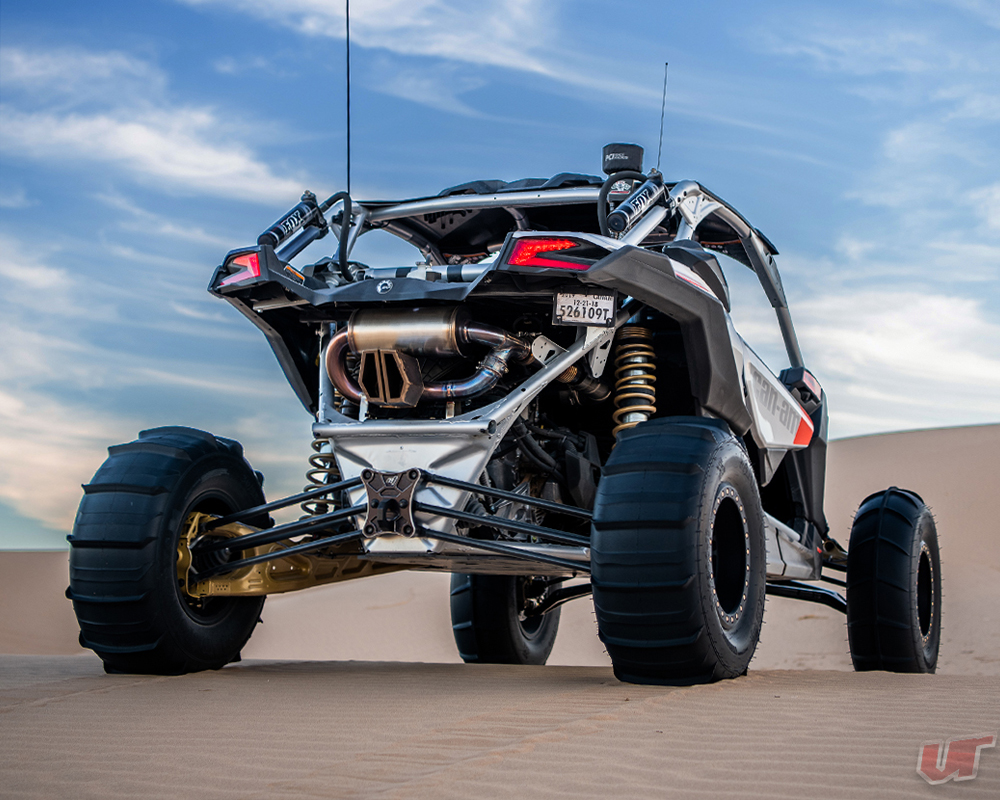
Air Filter:
Air filters can significantly decrease your performance if it is too dirty. Checking the air filter is easy and takes a few minutes. First, locate the filter and remove it from the intake. A simple way to know if your filter is too dirty is by the amount of dirt and grime embedded in the filter. If you shake the filter and dirt falls out, then it is time to either clean or replace the filter.
Buy Your Replacement Filters For Agency Power Intakes Here
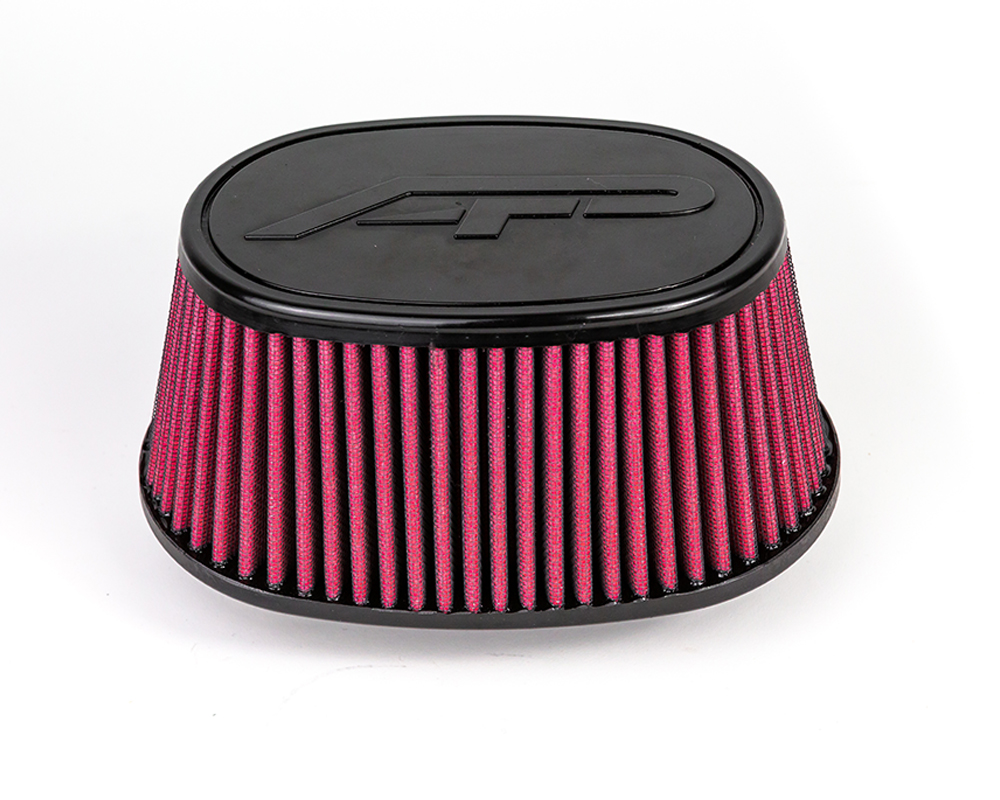
Tires:
The easiest thing to keep an eye out for is the tires since they are in the open and show signs of wear in an obvious way. When your tires wear out they will have less tread depth, crack, or have smooth spots. Tires can wear out due to a bad alignment or simply just time. If you have wear on the inside of the tire but not the outer edge, the tires are over-inflated. Wear on the edges and not the middle, your tires are under-inflated.





